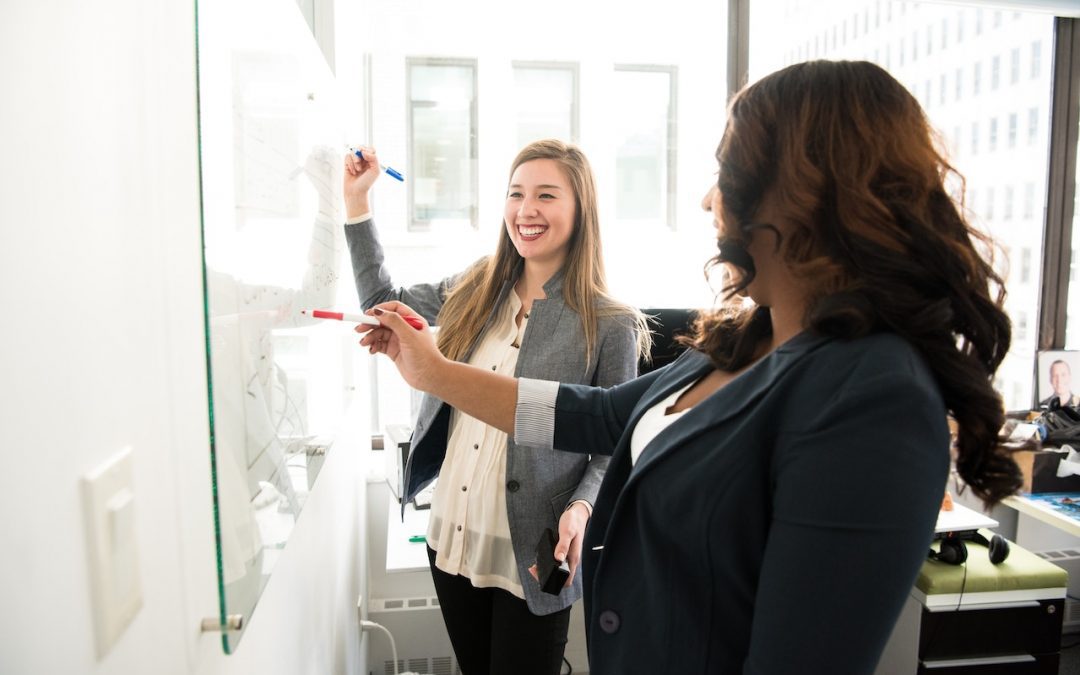The ability to stay calm and rapidly adapt to changing circumstances is becoming increasingly important in today’s world. Furthermore, a workplace mindful of its employees’ well-being can be a powerful recruiting tool. Employees are more likely to commit to and engage with a company that invests in their well-being, which can ultimately reduce turnover.
Mindfulness is a great way to help people stay present, focus on their goals, and achieve success. It can be used in the workplace to increase productivity, creativity, and communication. However, it’s important to understand the basics of mindfulness before implementing it in the workplace. Here’s what you must keep in mind:
What Does Mindfulness Really Mean?
Mindfulness means being more aware of what is happening around you and within you at any given moment. It means being more present in the moment and observing your thoughts and feelings without judgment.
To reiterate, mindfulness is a state of mind that can be cultivated through practice. It is not something that you either have or do not have. Anyone can learn to be more mindful with the right tools in the workplace.
What’s the Importance of Mindfulness?
Mindfulness has many benefits. When you are mindful, you are much better able to control your thoughts and emotions. Workers are also better at focusing their attention on the task at hand and being more productive.
In addition to that, mindfulness can help you to cope with personal stress, anxiety, and depression. It can also help you sleep quite better, which also creates a lasting effect on your overall quality of life.
What Can Improve Mindfulness?
Mindfulness can be improved with practice. As a general rule, become more mindful by paying attention to your thoughts, emotions, and sensations. It’s also possible to improve mindfulness through these methods:
- Meditation
Meditation is known as a mindfulness practice that can help you to focus your attention and be more aware of the present moment. It can be done in many different ways, such as sitting, walking, or lying down. There are also many different types of meditation, such as mindfulness meditation, loving-kindness meditation, and transcendental meditation.
- Brain Breaks
Brain breaks are activities that can help you to take a break from your thoughts and be more present. Brain breaks can be anything that you enjoy, such as listening to music, reading, or spending time in nature. When you find yourself feeling even slightly overwhelmed or stressed, taking a brain break can be a helpful way to reset and refocus.
- Automation
Automation is using technology to automate tasks that would otherwise be completed manually. It can be utilized to streamline processes, improve efficiency, and reduce errors. This is used in a variety of settings, including manufacturing, healthcare, and office work. An example of this is data entry, scheduling, and customer service.
- Workshops
Workshops are instructional sessions led by an expert on a particular topic. Workshops typically involve a mix of lectures and hands-on learning. Workshop participants usually have the opportunity to ask questions and receive feedback from the instructor. Plus, workshops can be an effective way to learn new skills or to brush up on existing skills, which should always be considered a fantastic investment.
Conclusion
In conclusion, the basic tenets of having better mindfulness in the workplace are becoming more aware of your surroundings and communicating effectively. By adhering to the information above, you can create a more productive and positive work environment for yourself and those around you.
Want to hold a corporate mindfulness workshop? Gwizhii Institute of Learning works collaboratively with clients to tailor workshops, training, policy, and much more, creating a better work environment. Get in touch with us today!



